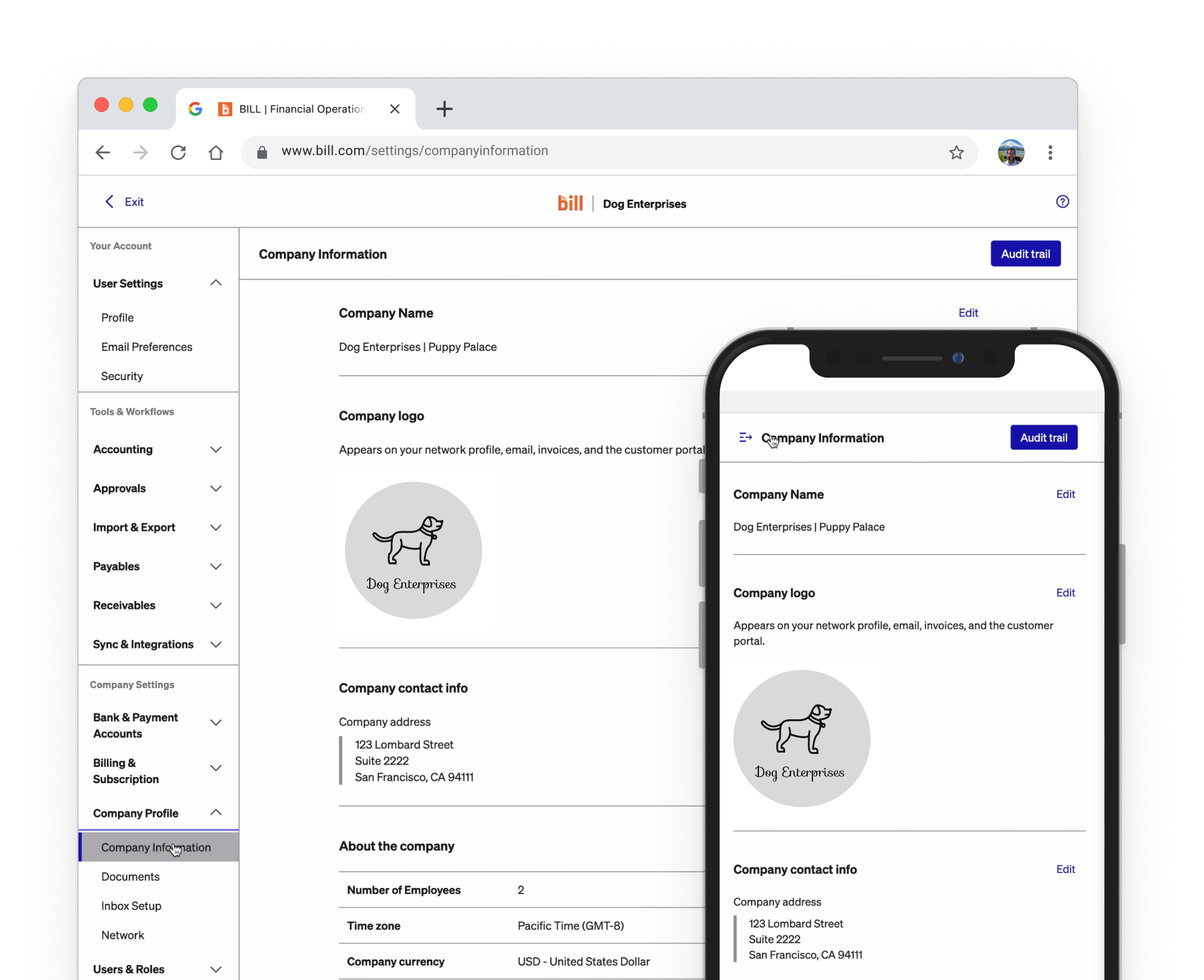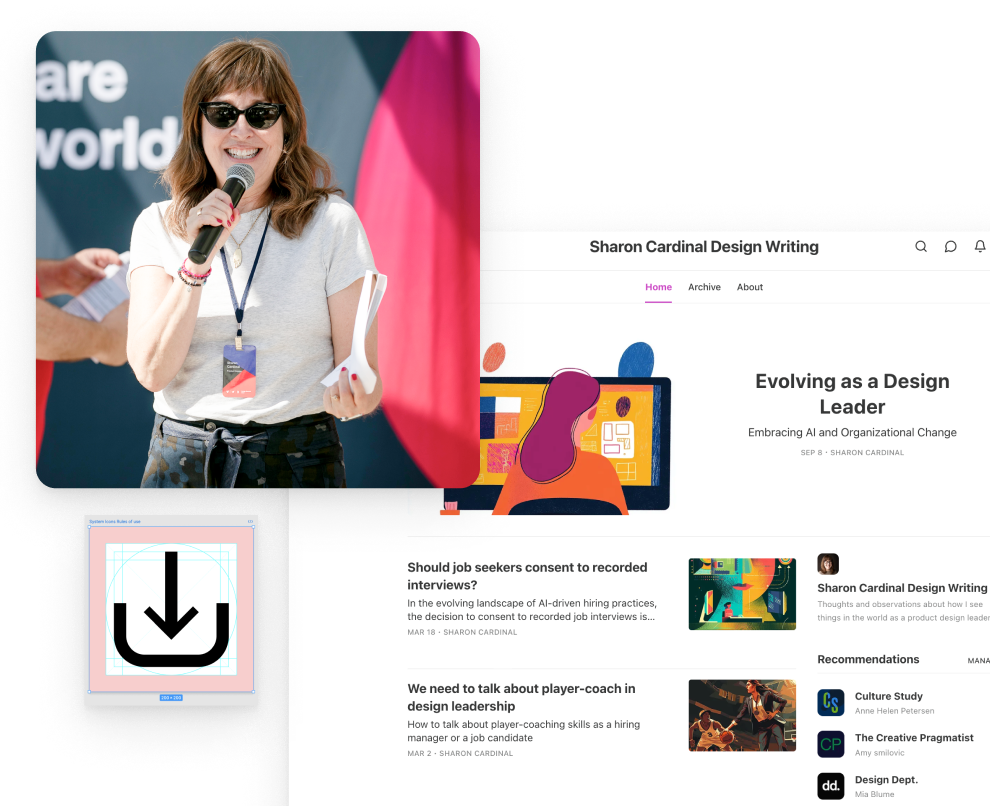Leading design and strategy across multiple product areas
- Leveling Up a Team
- Improving Outcomes
- Change Management

Situation
While the Platform team worked to address customer notification fatigue, my challenge as a manager was to guide my team of three designers, connect the dots and remove blockers.
My Role
Started as the Platform Team design lead (IC). Midway through, I transitioned into a managerial role, balancing hands-on design with team leadership.
Team / Collaborators
Worked closely with PM and Engineering Leads, Product Designers (my direct reports), Content Designers, Product Marketing, IT, Outside Vendors.
Challenges
-
Our new team's scope was broad, covering in-app messaging, notifications, and transactional email—each with unique challenges.
-
Product teams pushed uncoordinated messages frustrating customers with constant interruptions.
-
Email was historically under-resourced, relying on outdated systems and custom code, straining engineering resources.
Goals
-
Align with the company goal to improve the user experience by making it simpler and more intuitive.
-
Reduce complaints about notifications and alerts, which ranked in the top 5% of customer service call drivers.
-
Overhaul in-app notifications and email to enhance the customer experience and streamline product team efficiency.
Wow, I'm getting the NEW approval emails from our product, and they are soooo much better! They look great and are notably more clear and simple. It really achieves our Mission. This is what making it simple looks like! It takes a lot of hard work to make things look easy.Marketing Creative Director
My Approach
Since our team was newly formed, these workshops helped set expectations and clarify how we'd operate—moving from one-off solutions to scalable systems.
We co-created a unified strategy that emphasized the need for a consistent home for notifications, a framework for in-app messaging, and improvements to key product emails.
We also defined our mission: Notify the right users with the right message at the right time.
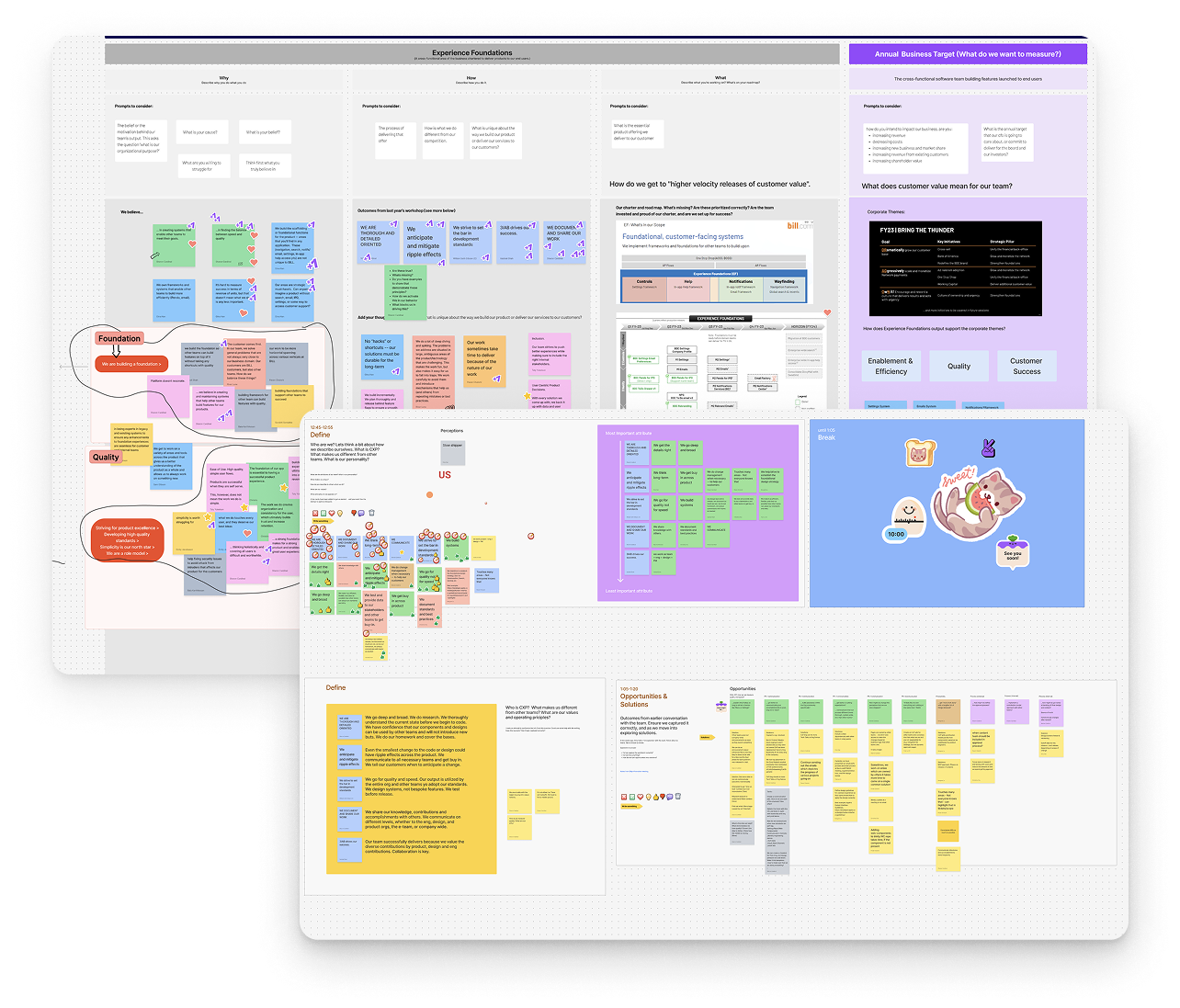
Inspired by Continuous Discovery Habits by Theresa Torres, I introduced Opportunity-Solution Trees to my direct reports, guiding them in designing and leading workshops with their teams.
My goal was to empower each designer to take ownership, become strategic partners and align their work with company objectives.
This approach led to measurable impact as teams prioritized opportunities, defined actionable experiments and iterated toward solutions.
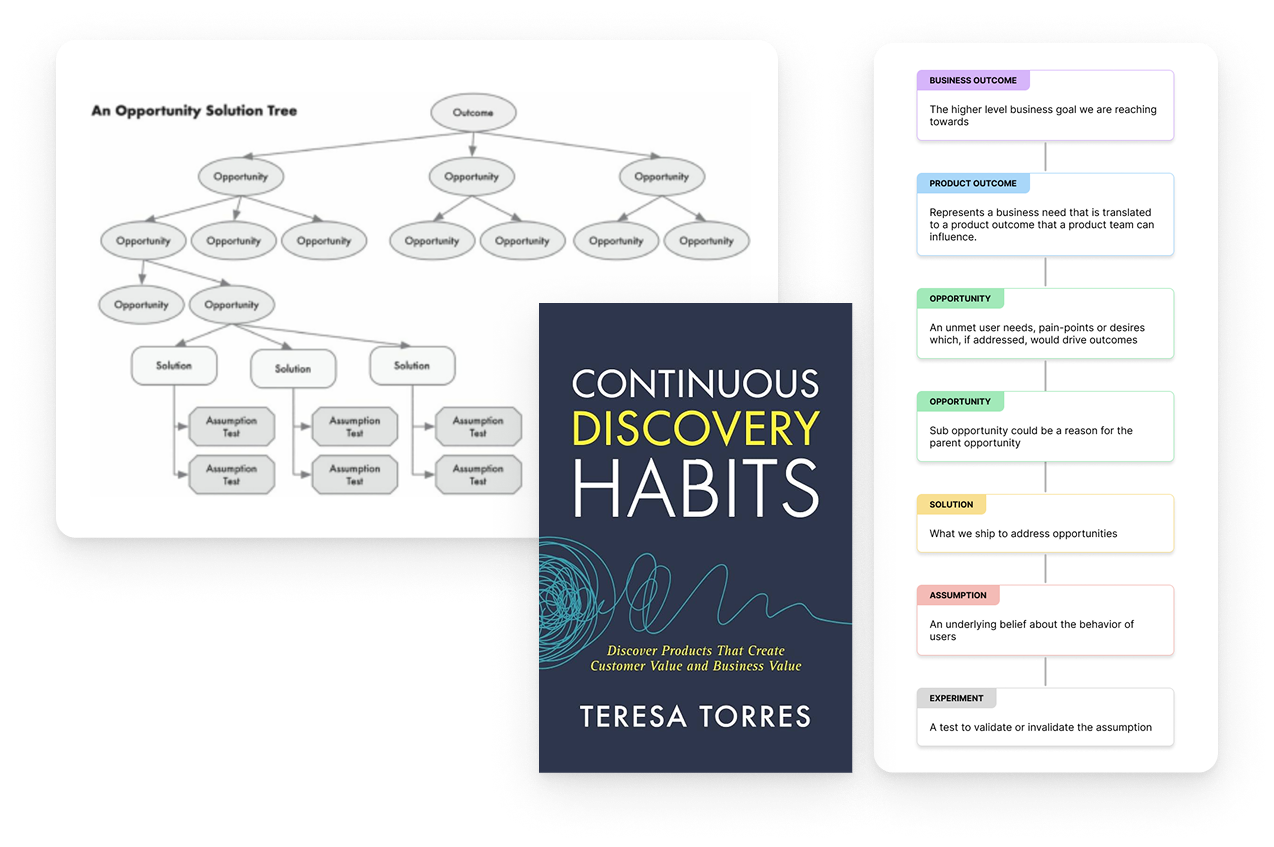
I collected examples from across the product and identified incorrect usage.
I partnered with the design system team to clarify usage, refine the framework, and improve documentation.
This process streamlined change management and gave us a clearer picture of the system's needs based on how teams were already working.

We mapped out flows and triggers for the top 15 transactional emails, which accounted for 80% of traffic and engagement.
The resulting diagrams created pivotal 'aha' moments, revealing gaps, redundancies, and opportunities for improvement.
The content designer used these insights to craft more user-centered messages, aligning them with the visualized user flows.
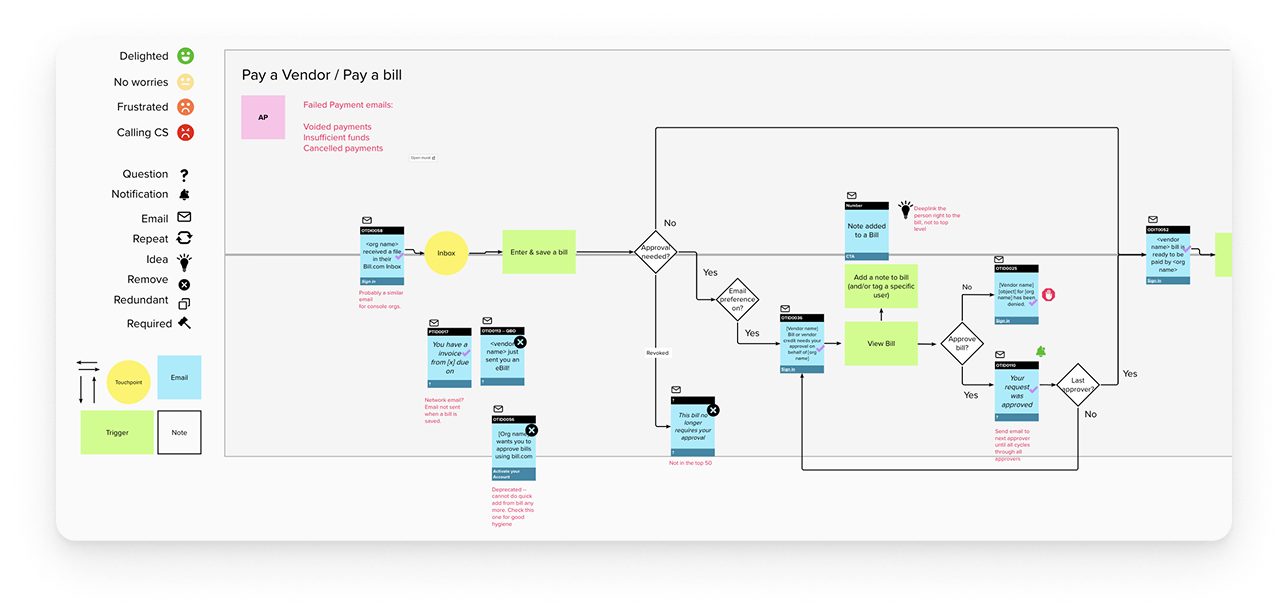
One designer, having worked with me on in-product messaging templates, took full ownership as a subject matter expert.
Another designer expanded the email system, easily updating templates to align with a new brand style guide.
Thanks to the systems in place, both designers confidently stepped into their roles, took ownership and drove the projects forward.

By leading with authenticity, you have set a tone of honesty, transparency, and encouragement amongst your team members. Thank you for leading with your true self and encouraging others to do the same!Chief Product Officer
End-to-end product design
Leading design with systems thinking to enable product teams and improve the Settings UX for everyone.
- Cross-Functional Collaboration
- Systems Thinking
- Frameworks
Leading through empowerment and connection
As a design leader, I’m committed to fostering a culture where teams can thrive—creating space for collaboration and guiding designers to evolve and produce their best work.
- Quality & Craft
- Connection
- Authentic Leadership
